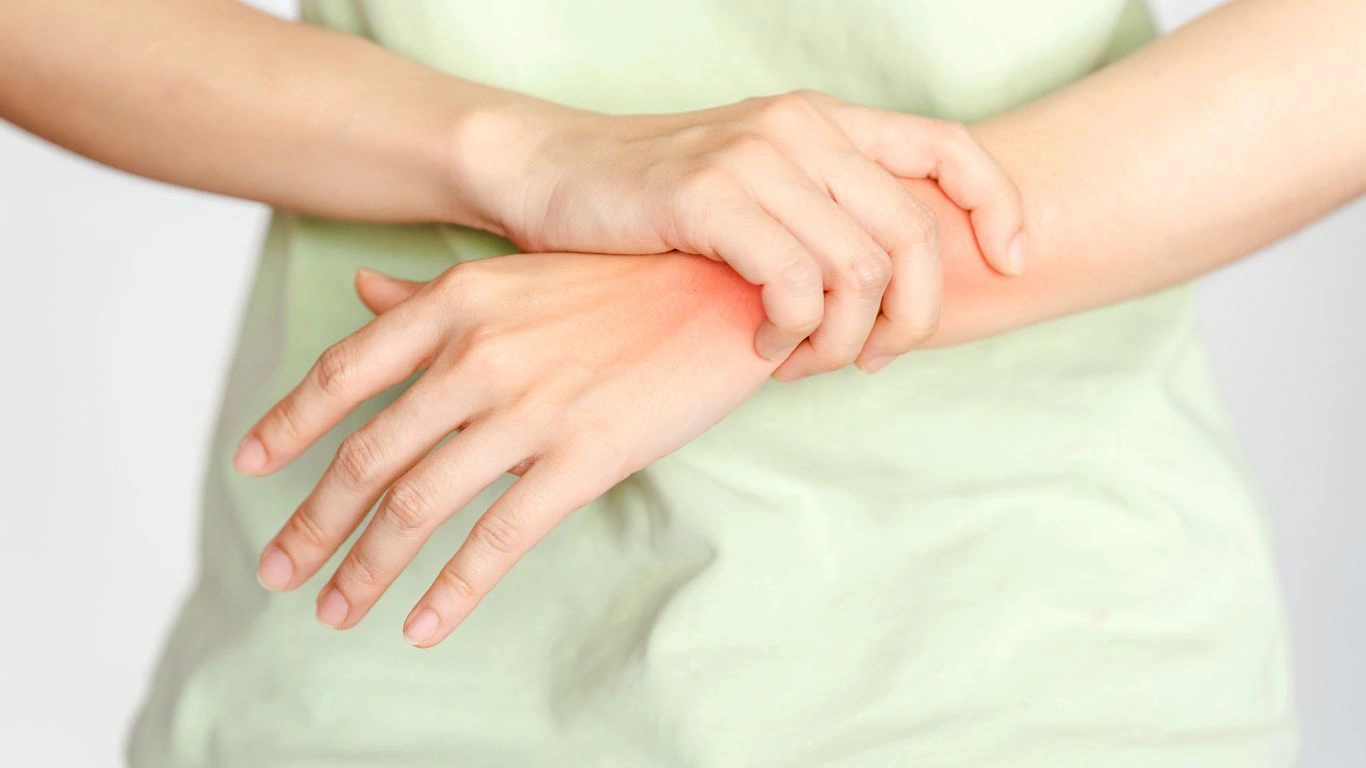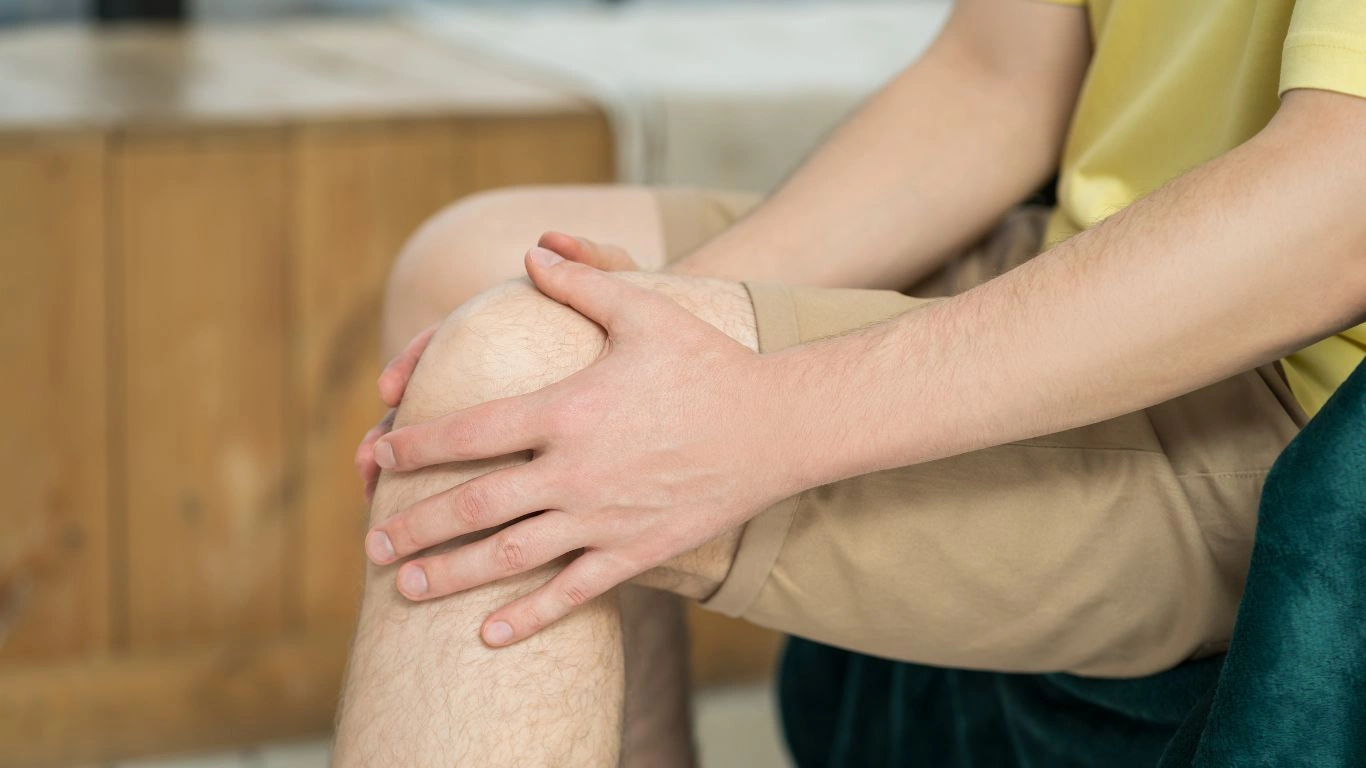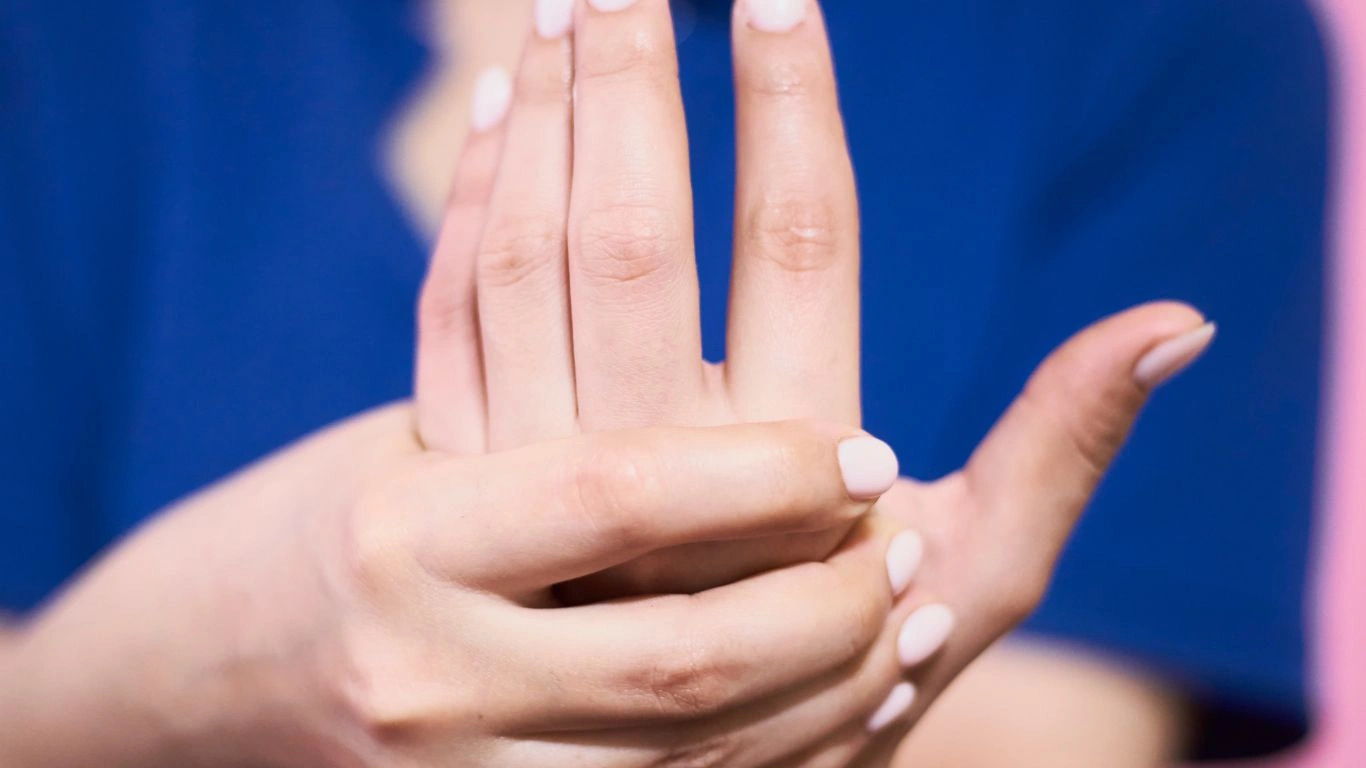Rheumatoid Arthritis and Its Effect on Balance: A Deep Dive into Understanding and Managing the Struggles
Rheumatoid arthritis and its effect on balance can often go unnoticed until it starts impacting your day-to-day life in bigger ways. As someone who works closely with individuals living with RA, I’ve seen how it can truly throw a wrench in one’s ability to stand tall, walk straight, or even get through daily tasks without feeling unsteady. Trust me, it’s more common than you might think, and it can be a huge deal—especially when you’re trying to live your life as usual.
What’s Really Happening with RA and Balance?

If you’ve ever struggled with RA yourself, you know it’s not just about joint pain. The condition’s ability to affect your mobility, strength, and stability is way more profound than people usually talk about. But here’s the thing: rheumatoid arthritis and its effect on balance isn’t always acknowledged right away by patients or even doctors. And that’s because we typically focus on managing the pain and swelling in the joints, which is absolutely important. But we often overlook how the disease’s grip on your muscles, joints, and nervous system can throw off your equilibrium.
Why Does Rheumatoid Arthritis Mess with Your Balance?
Let me break it down in simple terms. Rheumatoid arthritis leads to chronic inflammation in the body, but it’s not just about the obvious pain in the knees, wrists, or shoulders. In fact, the impact RA has on your balance is a result of multiple factors.
- Joint Damage: As RA progresses, joint damage—especially in the feet, knees, and hips—can distort your walking patterns and posture. That’s when you start noticing that “unsteady” feeling when you try to stand or walk for longer periods.
- Muscle Weakness: Muscles aren’t immune to the effects of RA. Because of the pain and inflammation, you may not use your muscles as much or in the same way as you used to. This results in muscle weakness, making it harder to stabilize yourself, especially when standing for long periods or when navigating uneven surfaces.
- Deformities: Over time, severe RA can cause joint deformities that affect the way you walk. Foot deformities like bunions or hammertoes, or wrist deformities, can cause an imbalance in your posture or gait, leaving you feeling wobbly.
- Pain: Simply put, when you’re in constant pain, your body’s natural response is to avoid certain movements or adjust your posture, and this can contribute to a lack of stability. It’s like you’re constantly compensating to avoid pain, and that’s when balance issues can sneak up on you.
- Nerve Involvement: Believe it or not, RA can also affect your nerves over time, leading to a decrease in proprioception (the sense of knowing where your body parts are in space). So, your body might not always know exactly where your feet or legs are, and that can make you feel less stable.
Diagnosing the Link Between RA and Balance Issues

In my practice, I often see people who think that balance issues are just “part of getting older” or simply a byproduct of the pain they feel in their joints. But when we dig a little deeper, it becomes clear that balance problems are a direct result of the joint damage caused by rheumatoid arthritis.
How Do We Know RA Is Affecting Balance?
Diagnosing balance issues related to RA isn’t about just noting the symptoms—there’s a method to it. Here’s how we approach it:
- Physical Exams: I always start by evaluating the joints and muscles, particularly around the areas most commonly affected by RA, like the knees, ankles, and wrists. If I see joint deformities or restricted movement, I know it’s a red flag for balance issues.
- Functional Mobility Tests: I’ve found that simple tests like the Timed Up and Go test (TUG) give a good indication of balance and mobility. It’s one of the quickest ways to see how well you can stand up from a chair, walk a short distance, and sit back down without losing your balance.
- Balance Tests: We also rely on specific tests, like the Berg Balance Scale, which gives a more in-depth look at how well someone can maintain their stability in different positions, from sitting to standing and walking.
- Imaging: X-rays or MRIs can show us how much joint damage has been done by the inflammation and deformities, which can give us insight into how much it’s affecting your ability to stay balanced.
Treatment Options for Improving Balance with RA

Now, here’s where things get exciting because there’s hope! While rheumatoid arthritis and its effect on balance can feel discouraging, there are several ways to regain control and improve stability.
Medication Is Just the Start
When people think of RA treatment, the first thing that comes to mind is usually medication. And while meds like disease-modifying antirheumatic drugs (DMARDs) and biologics are essential in reducing inflammation and preventing joint damage, they’re just one piece of the puzzle. Proper medication can relieve pain and swelling, but addressing balance issues requires a more holistic approach.
Exercise for Balance and Strength
As a physical therapist, I can’t emphasize enough how crucial exercise is. RA might make you want to avoid activity, but staying active is one of the best ways to maintain joint function, prevent muscle weakness, and improve balance.
- Strengthening Exercises: Focusing on strengthening your core, legs, and lower back can work wonders. It’s not about lifting heavy weights—think squats, leg raises, and gentle core exercises to help stabilize your body.
- Low-Impact Activities: I often recommend swimming or biking for patients with RA, as these activities strengthen muscles without straining joints. Swimming, in particular, is great for reducing joint pressure while building strength.
- Balance Training: Tai Chi, yoga, and simple balance exercises, like standing on one leg, can help you regain stability and confidence. These exercises help improve proprioception, making you more aware of your body’s position in space.
Occupational Therapy for Daily Tasks
For many people with RA, everyday activities like cooking, cleaning, or even getting out of bed can become more challenging. An occupational therapist can help you adjust your environment to reduce the risk of falls. They might suggest using assistive devices like walking aids, or they could help redesign your home to make it safer and more accessible.
Surgery (In Severe Cases)
For those with severe joint deformities or irreparable damage, surgery may be an option. Whether it’s joint replacement or corrective surgery to realign joints, this could be a game-changer in improving both your mobility and balance.
Troubleshooting Common Issues

Now, let’s talk about some of the challenges you might face when working on your balance, and how to troubleshoot them.
- Persistent Pain: Pain can be a barrier to participating in physical therapy or exercise. But here’s the deal: You don’t have to push through extreme pain. Work with your healthcare provider to find the right pain management strategy. NSAIDs, ice, or even topical treatments can provide relief so you can engage in movement without suffering.
- Joint Deformities: Deformities like bunions or crooked fingers may seem impossible to fix, but custom orthotics or splints can make a huge difference in stabilizing your feet or hands. These devices provide support and alignment, reducing the impact of deformities on your balance.
- Fatigue: Feeling constantly drained is a part of life with RA. It’s tough, but pacing yourself is key. I always recommend taking frequent breaks and not pushing your limits—listen to your body!
Case Studies / Success Stories
Case Study 1: John’s Journey Back to Stability
John, a 60-year-old RA patient, was struggling with severe knee and ankle pain, which caused him to lose his balance frequently. After incorporating strengthening exercises, daily stretching, and seeing a physical therapist, John was able to regain his balance. He now walks with more confidence and has reduced his fall risk by 50%.
Case Study 2: Sarah’s Success with Occupational Therapy
Sarah had severe RA deformities in her hands and wrists, making it difficult for her to grasp things or open doors. After working with an occupational therapist, Sarah learned adaptive techniques and used assistive devices that made everyday activities more manageable. Her balance improved, and she now feels safer walking around her home.
Key Takeaways / Summary
- Rheumatoid arthritis and its effect on balance can be subtle but significant.
- RA can impact your joints, muscles, and even your nervous system, leading to poor stability and falls.
- Effective treatments include medication, physical therapy, occupational therapy, and lifestyle changes.
- Managing balance issues is possible with the right approach—don’t give up!
5 FAQs About RA and Balance
- Can RA cause dizziness or vertigo?
Yes, RA can impact the vestibular system, leading to dizziness or lightheadedness in some patients. - What exercises can improve my balance with RA?
Low-impact exercises like swimming, walking, Tai Chi, and yoga are great for improving balance. - Should I use a cane or walker if I feel unsteady?
If you feel unsteady, a mobility aid like a cane or walker can help you feel more stable and reduce the risk of falls. - Is RA-related balance loss reversible?
With the right treatments, balance loss can be improved or managed, but it depends on the severity of joint damage and individual circumstances. - How can I reduce my fall risk with RA?
Using assistive devices, modifying your home environment, and regularly practicing balance exercises can significantly reduce your fall risk.

Tarra Nugroho is a dedicated Nurse Practitioner with a strong foundation in family and preventive care. She brings both compassion and clinical expertise to her practice, focusing on patient-centered care and health education. As a contributor to Healthusias.com, Tarra translates medical knowledge into clear, empowering articles on topics like women’s health, chronic disease management, and lifestyle medicine. Her mission is simple: help people feel seen, heard, and informed—both in the clinic and through the content she creates. When she’s not caring for patients, Tarra enjoys weekend hikes, plant-based cooking, and curling up with a good health podcast.






